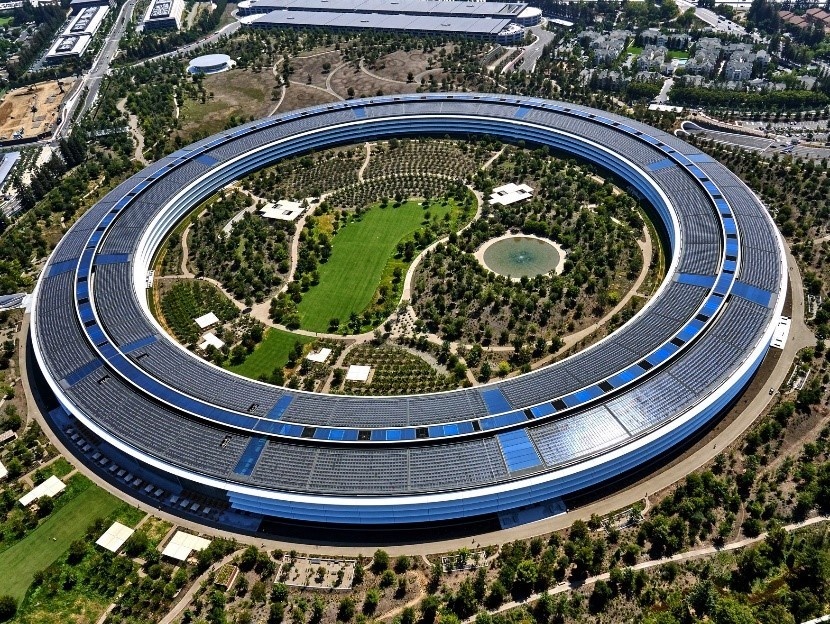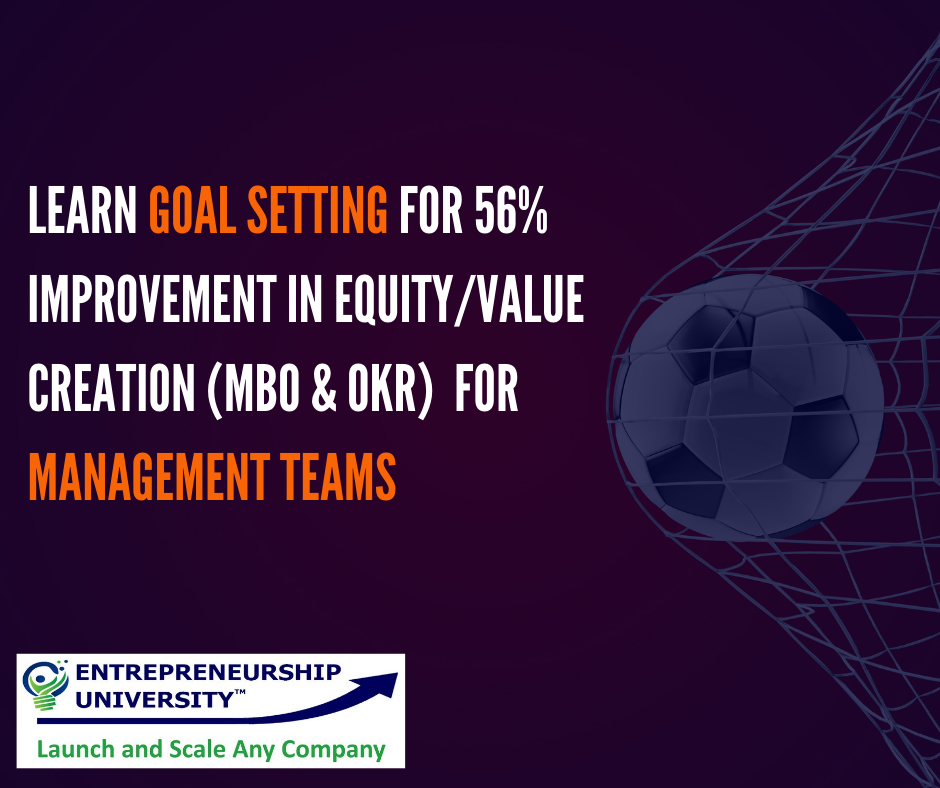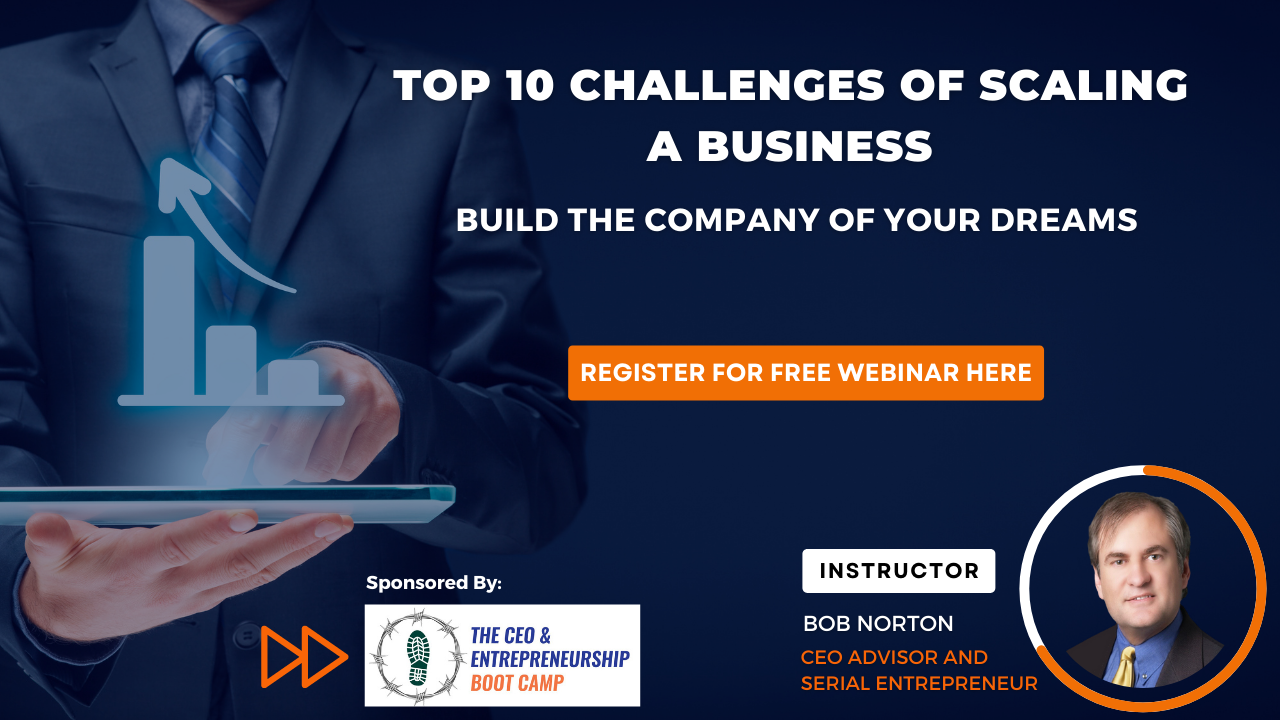How Real Breakthrough Innovation and Creativity Happens

Creating a Culture of Innovation to Win Entire Markets
Are you in charge of innovation? Every CEO is. And many others should be too.
Peter Drucker famously said: “Companies have only two jobs: Marketing and Innovation”. I believe he is 100% correct as everything else is relatively easy. The other things do not need much creativity, which is the rarest resource. This is why Hollywood screen writers, Producers, top Directors and Authors make very big bucks. Not to mention successful Entrepreneurs like Elon Musk. Who BTW spends almost all his time on product focused innovation.
These two videos, and guiding a client who is doing their first major software development product, inspired me to write this article today. The best companies understand these ideas. You need to watch these two TED Talks. Both are worth watching on how ideas/creativity can be enhanced. This is one of many approaches, but one very company needs to facilitate deep in their culture.
The example of Darwin was surprising and interesting – assuming it is true. He could not connect all the dots and “Articulate the idea of evolution” until months after forming it in his notes
Of course, we also know he could have made up the “light bulb moment” story to compress it into an enjoyable story and what people expect. I believe that his book, Origin of Species, was delayed for years, sitting in a draw because of fear of retribution from the church, that then controlled everything. This was not that long after Galileo was sentenced to life in prison by the church for claiming the Earth was not the center of the solar system and the sun was. So who could blame him.
On any innovation project, you need to create a critical mass of people working together with all the different skills. They are the Product Development team. No more than seven people, maybe five. Sometimes only three, but never less. They are the senior people with the most experience, but also most need to have 10+ years’ experience. Founders must be on this team.
This is why we form a “Product Committee” in any organization that is serious about innovation. This is where much of the “magic of innovation” happens in any design process. Though, actually building the product (i.e., writing code, designing the car, even a service) will also generate ideas as we go. If not, you have the wrong team.
These two levels of innovation are not mutually exclusive, but the biggest ideas happen early if you spend one-third of your time and budget designing. This initial design will frame and limit what the next step and team create. A “no limits” mission ca be very powerful here. The SR-71 Blackbird, arguably one of the most successful R & D projects in history, started with the simple mission to “Build the fastest, highest flying plane possible”. The result became the fastest and highest flying p[lane for about thirty years after its first flight. All driven by Gary Powers being shot down over Russia flying the U2 aircraft. A pressing need if there ever was one. I do a full case study of that in our Product Development at Light Speed course.
I believe forcing one third of your available time (as determined by business need and capital available) is always optimum to innovate. As soon as you start building, you are limiting creativity and handing it off to the “tactical” level builders, who are unlikely to innovate in big ways. They will just build what you told them to. Game over. Important big ideas' innovation can stop completely at this stage. And adding them later can cost literally ten times as much or more. Of course, you need to balance that with the idea of creating a minimal viable product (MVP).
Contractors will just “meet the spec” and rarely generate breakthrough ideas. We, the senior team, needs to do that. And a culture focused on innovating. Culture because it requires dedicate time, focus and engaging the mind and its subconscious. This is where the big ideas and innovations come from every time. “No problem can sustain the assault of sustained thinking”. - Voltaire
This is why Steve Jobs obsessed over the design of the Pixar working space, then years later Apple’s. This is why Apple wants people to come back after COVID is under control. This is why Apple's new facility that looks like a spaceship creates a huge collaboration space inside the giant circle for people to collaborate outside.
Apple knows they are in the business of innovation. Most companies don't see themselves that way. But we all are in that business. Every company must innovate or die. It is just a question of what lifespan your company will have without innovation, which is a function of your competitors. And you want to be in control of your destiny, not leave it to them and be a follower.
Apple will often dedicate five years and tens of millions of dollars to a project like the iPhone, working in stealth mode to make sure it's as close to perfect as it can be before even telling the world it exists. Obviously, that was a big idea and required hundreds of people and thousands of innovations. And it allowed Apple to collect a percentage of wireless cell phone service for years, not just hardware revenue from iPhone sales, because they had a big lead time and open minds about the business model. Few companies have this level of secrecy, but we all need it when in development of disruptive, breakthrough products. Because tens of millions of dollars of revenue or investments are on the line. Giving no warning to the competition. One of the top rules of the book, The Art of War

Google will spend tens of millions too but seems to have a much higher failure rate walking away from projects if they do not take off quickly. But to “move the dial” on their company, they need very big business opportunities. Billions. We do not. This is not always how innovation works best, so they continue to crank out failed product all the time. Good thing they print money in the core business. Because their bar is so high, and they do not have innovation down as well. They just throw massive amounts of money at the project. And money does not create creativity, nor do very large teams.
The outside square footage above dedicated to space to meet and collaborate is enormous. And there is more inside, of course. This is not by accident, but by design. Apple understands innovation. And they need to collaborate to do it well.
Innovation isn't one magic idea, it's a machine gun of ideas firing at the core idea that goes beyond the first, and obvious answer everyone will see. And when you mix and match all those ideas in a group of smart, focused people, you create breakthrough products and services. A good company is built on thousands of ideas built around that core idea.
So, every company working on innovating, and that means your company,
needs some group collaboration format and space. Many disciplines and perspective are always superior to one. This has even been statistically proven with things as simple as guessing the amount of jellybeans in a jar. Usually, the average of everyone guess is far closer than any one person’s guess.
Every product needs a minimum of several meetings to brainstorm because that is where “ideas have sex”. I like that phrase from the TED video because it sounds so much better than “brainstorming”. Same thing though. Great products are created via collaborating people. Rarely by a single person. Although creative product champions will drive lots of ideas during the development process too. Creativity must be nurtured and allowed time to percolate if you want market leading products. You will not get a second chance after the reveal.
All this is also fundamental to the Skunkworks philosophies I teach in my Product Development at 10X Productivity course. And that is no lie because most companies will be coming back and doing it all over again when they could have made that first version, even an MVP, better. And they lost market leader opportunity by not entering the market with the best core product ideas. Ideas cost nothing, really. My product development teams typically had eleven to seventeen times more productivity because we do it right the first time, while most companies redo it over and over for years. Lots of this comes from understanding the creative process and dedicating time up front to innovate during design, not during or after building the product.
This investment in design time has huge leverage because hundreds of ideas are explored at little cost that would cost thousands of dollars each if implemented, or required by a change order mid-development cycle. Some ideas will be unprotectable, but others will be able to be kept as trade secrets or patented early. These decisions need to be made in design so that proper legal steps are taken to protect these secrets before product release. Or even baked into the market plan with branding, messaging and the Unique Selling Proposition (USP).
Just a few, or one patent, can potentially create huge barriers to competition and generate recurring revenue that can move the earnings multiple, used to value your company, from 10 to 100X! Literally. That can be millions, tens of millions, even billions in added equity value in time! Imaging owning the patent for the light bulb or telephone, consider two of the most valuable patents in history. Yet I know the owners of patents of two-factor authentication, and they have never made a dollar to date. Because they did not know how to turn a patent into a business. Ideas alone are worthless. Even valuable patents can be made worthless. They must be turned into operating businesses to generate value.

To learn more, click here
I personally believe great ideas also come from individuals. You must nurture both to win big.
I know because I have exceptional creativity and nonstop ideas. But only with focused, dedicate time to think about the problem/issues. This engages the subconscious which can be percolating on that idea for days or weeks in the background and then suddenly a brilliant idea pops up. Maybe in a dream or just getting coffee. I had a lightbulb moment when I invented AirTight Management and other things. Because I was immersed in those things for weeks or months generally. That is how the mind works. It will engage your subconscious to help because your conscious is saying “This is important”.
Elon Musk says his mind is like a never ending “Explosion” of ideas. And he said in one interview I saw that he thought for a while when he was very young that he was literally “insane” because other kids did not have this constant stream of ideas.
Individual ideas usually emerge after submersion in the “environment “or problem. This focuses the mind. Lots of subconscious thought happening in the background here for weeks, or months. Maybe even years.
I believe any Product Development team needs to have “spec review meetings” to both align and validate the design. And also generate more ideas. The chemistry of this team is critical. It should be chaired by the most experience person and allow all ideas to flow. A draft spec is just the seed and catalyst of a new product. “Don’t be penny wise and pound foolish” by saving money in design. That is where the real magic happens. Then later in iteration as you get feedback from customers and prospects, but that is a different article.
I believe you can make any product 100% better (maybe 1,000%) with
a fairly small effort, amplifying your investment and barriers to entry too.
You just need to create the environment for collaboration early in design.
It is like pushing a comet millions of miles away versus close to collision. Only one work really.
Here is another interesting TED video that discusses the shift to open-source projects. Another way to collaborate and generate innovation:
Join Live Webinar on 12th April 2022
Bob Norton is a long-time Serial Entrepreneur and CEO with four exits that returned over $1 billion to investors. He has trained, coached and advised over 1,000 CEOs since 2002. And is Founder of The CEO Boot Camp™ and Entrepreneurship University™. Mr. Norton works with companies to triple their chances of success in launching new companies and products. And helps established companies scale faster using the six AirTight Management™ systems. And helps companies successfully raise capital.
Call (619) SCALE06 or email [email protected] for a complementary strategic consultation



